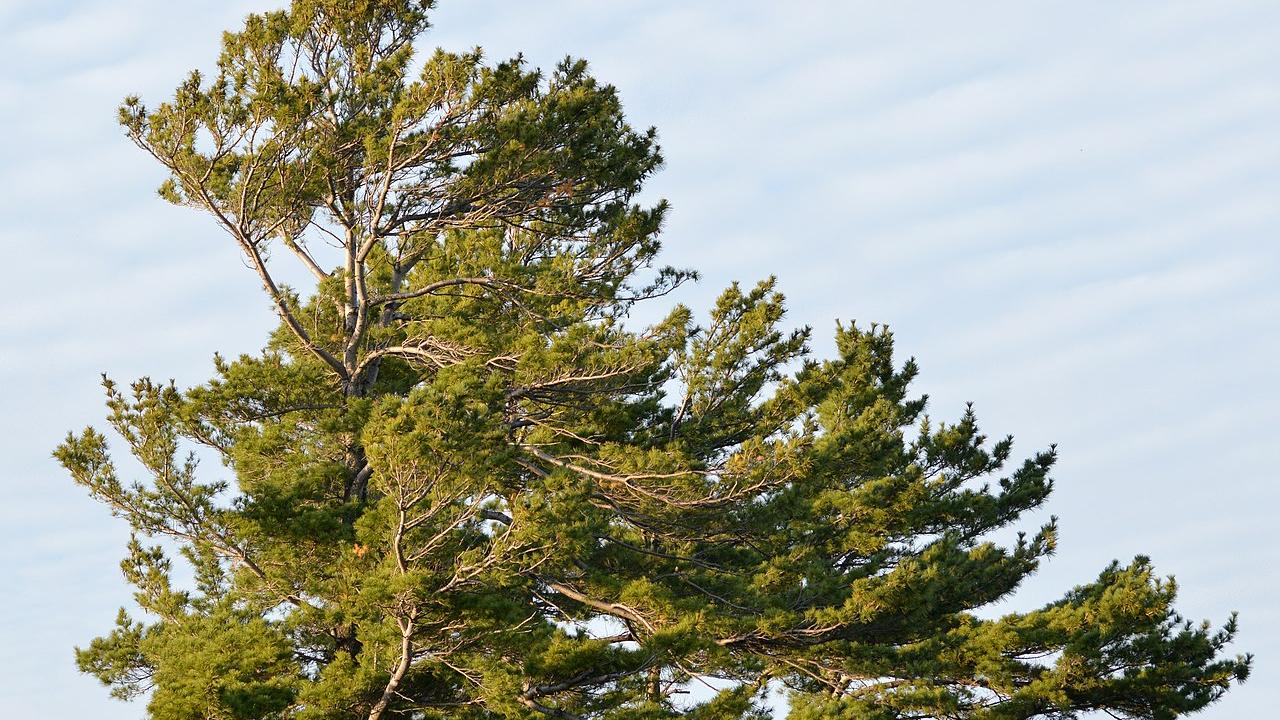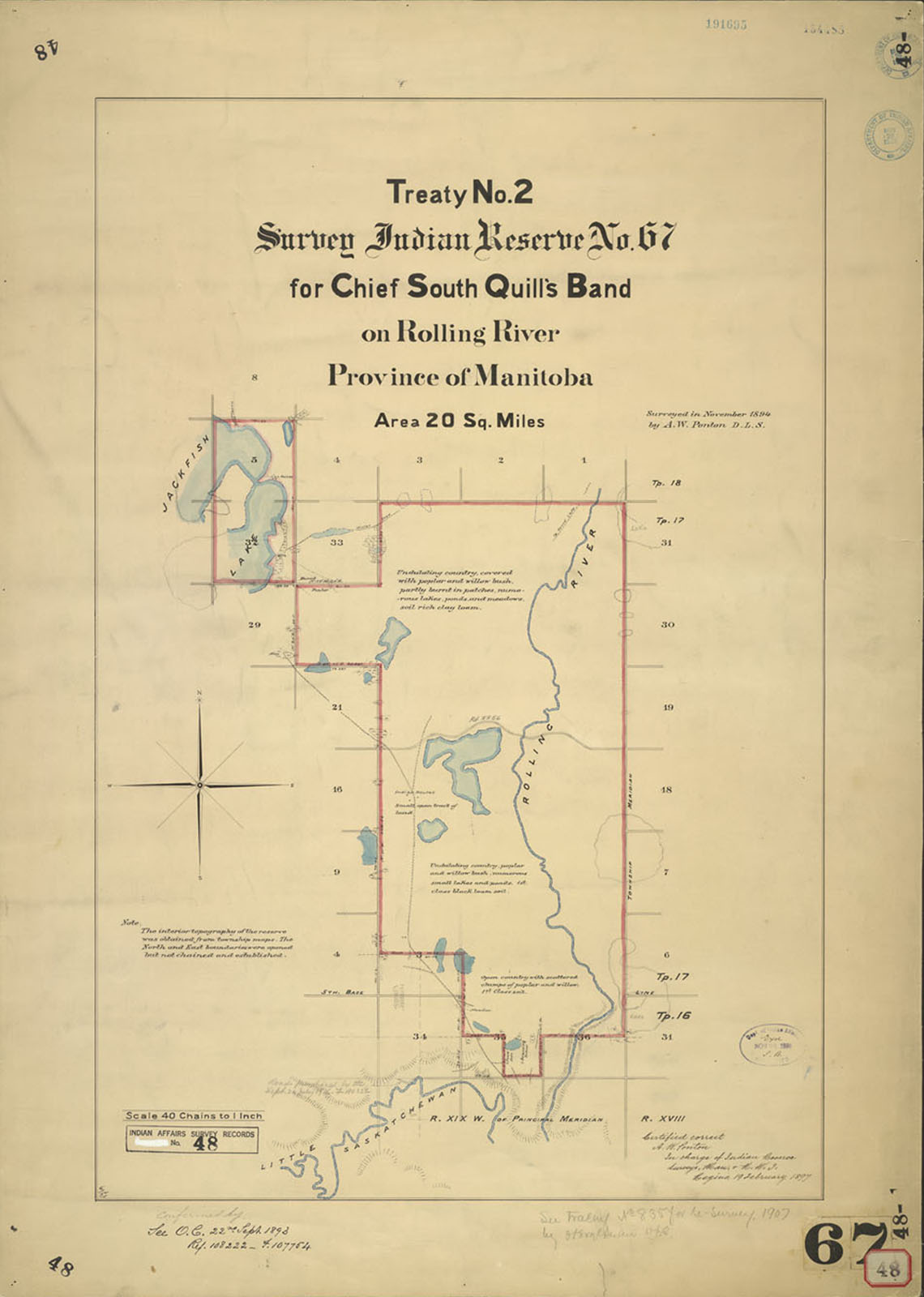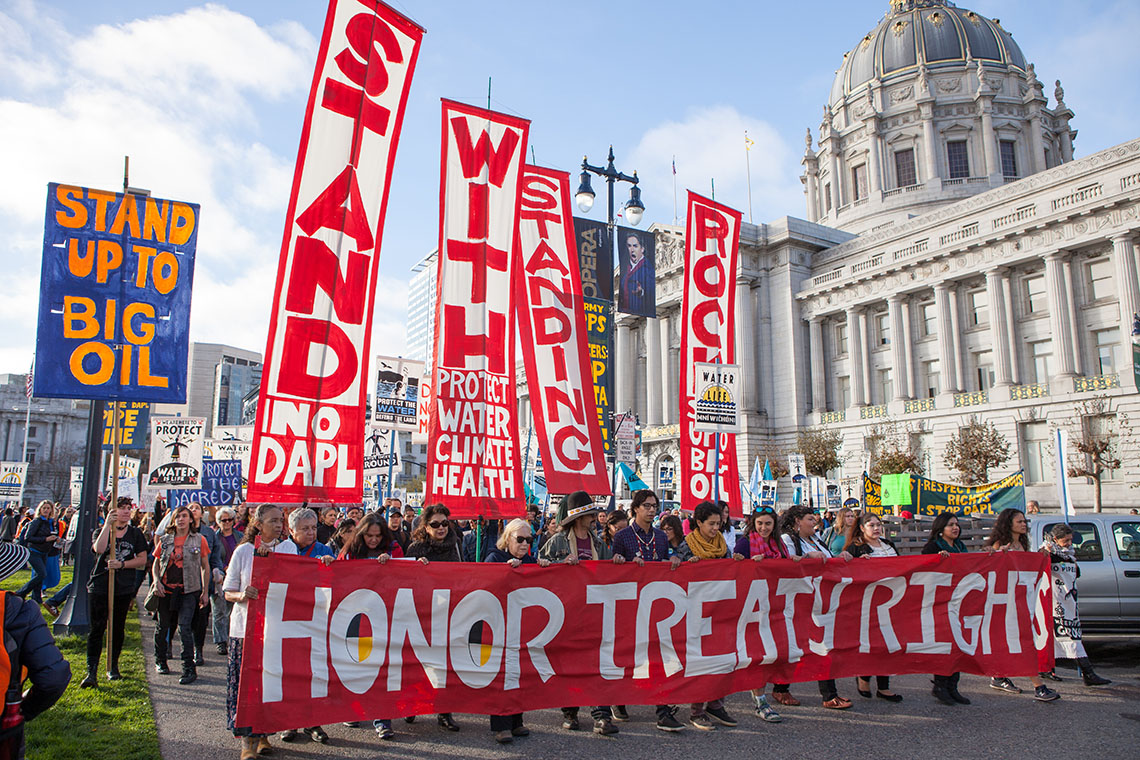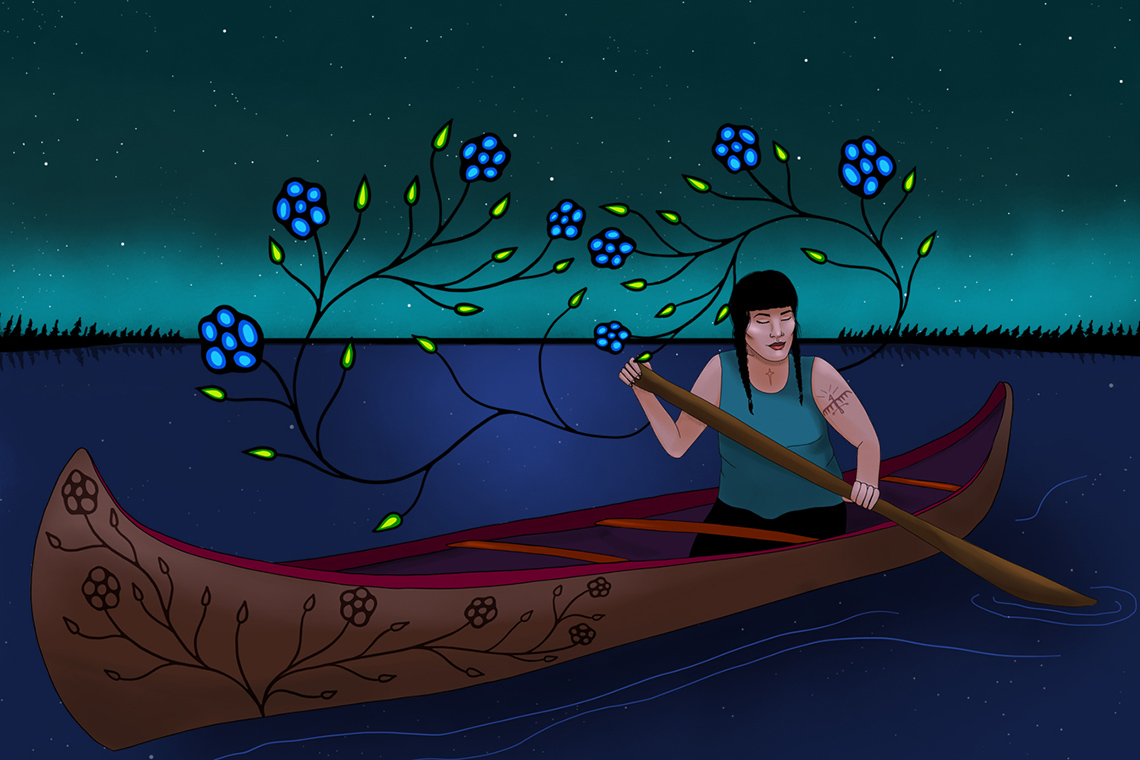Minds On
Are all governments the same?
Do all governments in Canada operate the same way? Click the following video to explore this idea.
Now that you have explored the video, answer the following questions:
- What are some things you notice and wonder?
- What are some important points about Haudenosaunee Confederacy governing structure?
- Why is understanding the different governing structures and their histories’ important?
Action
Indigenous governance
Indigenous communities have different methods of governing, leadership, and decision-making.
Explore the following document Indigenous Governance which provides details about three specific First Nations, Métis, and Inuit governance structures.
Press the ‘Activity’ button to access Indigenous Governance.
Use the information from the Indigenous Governance document, the video from the Minds On section, and the following article to respond to the following questions:
- How are decisions made in some different Indigenous governance models?
- What is the significance of clan systems to some First Nations governance models?
- What impacts has the government of Canada had on the traditional ways Indigenous communities govern?
- What does “self-governance” mean?
- Why do you think it is important to recognize that Indigenous Peoples had their own government structures prior to European settlement and settler government?

Press tvo today to access "Seven centuries before Confederation, there was the Haudenosaunee Confederacy."
Opens in a new tabRecord your ideas using a method of your choice.
Relationships between governments in Canada
There is an important relationship between the Government of Canada and First Nations people. All the land that makes up Canada is Indigenous land. Many significant treaties have been signed, which allowed early settlers to live on these lands. Treaties are agreements that are made between two nations and are legally-binding.
As we work towards Truth and Reconciliation, information about lands and territories is constantly being updated. This map was created using information available as of July 2021 from the Ontario Minsitry of Education.

Treaties
There is a long history of treaty-making on Turtle Island. First Nations communities created their own treaties between nations that outlined each party’s roles and responsibilities. These treaties were recorded orally and visually through forms like Wampum Belts.
Treaties today often refer to the agreements made between First Nations and the Crown. The Crown is the legal name for the British and later Canadian governments: federal, provincial, and territorial.
These historic treaties allowed the Crown to use the traditional lands of Indigenous peoples. They also outlined the promises and duties that were required of both parties to fulfill this partnership. These treaties were made with the intention of creating peaceful relationships. Although this was the intention of the treaties, these goals have not been realized. Although this was the intention of the treaties, these goals were not accomplished.
As we work towards Truth and Reconciliation, information about lands and territories is constantly being updated. This map was accessed through the permission terms of The Canadian Encyclopedia in July 2021.

An original treaty document. A plot of land in Manitoba is divided into a square to show the area of the treaty. The treaty’s title is: Treaty No.2, Survey Indian Reserve No. 67 for Chief South Quill’s Band on Rolling River, Province of Manitoba. Area 20 sq. Miles.
Treaties, in most areas of Canada, are the legal basis for how settlers came to live on the land today. Modern treaties have been also made with First Nations, Métis, and Inuit communities after 1975.
As a result of treaties, the Government of Canada is responsible for communicating with Indigenous communities over issues that could impact/affect their treaty rights. This is called the duty to consult.
Press Explore to reveal some of the challenges the duty to consult presents.
Challenges with the duty to consult
There are some challenges with the duty to consult. Some of these challenges include:
- There is no veto power on the duty to consult. This means that one cannot reject a decision or proposal made by a law-making body.
- Even when permission for a project isn’t provided by the Indigenous community, the government can choose to override this decision.
- The government does not always include traditional governance structures and at times consults with only the councils that the government recognizes under the Indian Act.
- If there is no meaningful consultation, the proposed project may be delayed, if not cancelled, as a result of Indigenous communities exerting their treaty and inherent Aboriginal rights.
- If the government does not consult meaningfully with the Indigenous community or communities, and proceeds with their project, it can further strain the relationship between federal and provincial governments and the Indigenous community and governance structures.
Legislation was also passed that affirms, recognizes, and protects First Nations, Métis and Inuit rights. This means the Government also has a responsibility to check with any Indigenous community whose Treaty or Aboriginal Rights could be impacted.
What are treaty rights?

Treaty rights are rights set out in either a historic or modern treaty agreement.
Treaties define specific rights, benefits, and obligations for the signatories (parties that have signed an agreement) that vary from treaty to treaty. Treaties and treaty rights also vary depending on the time and circumstances in which they were negotiated.
Press the following tabs to reveal a few historic and modern examples of treaties.
In historic treaties (signed before 1975), treaty rights and benefits often, but not always, include:
- land to be set aside for First Nation use only (known as reserves)
- money to be paid to a First Nation every year (known as annuities)
- hunting and fishing rights on unoccupied Crown land
- schools and teachers on reserves to be paid for by the government
- one-time benefits (such as farm equipment and animals, ammunition and clothing)
Modern treaties negotiated with Indigenous groups (after 1975) may include (among other things):
- consultation and participation requirements
- ownership of lands
- wildlife harvesting rights
- financial settlements
- participation in land use and management in specific areas
- self-government
- resource revenue sharing and measures to participate in the Canadian economy
- preparations for when the agreement takes effect (such as implementation planning)
Source: Government of Canada; Indigenous and Northern Affairs Canada; Communications Branch. “Treaties and Agreements.” Government of Canada; Indigenous and Northern Affairs Canada; Communications Branch, 30 July 2020, www.rcaanc-cirnac.gc.ca/eng/1100100028574/1529354437231.
True or false activity
Explore the following statements and decided if they are either true or false.
If the any of statements were false, how can you make it true? Record your responses using a method of your choice.
Press Hint to reveal some suggested answers.
- The Government of Canada has to consult the relevant Indigenous community to which their Aboriginal rights or treaty rights could be impacted.
- The duty to consult is significant to the development of relationships between the Government of Canada or the Crown and Indigenous Peoples. This is because the lands that Canada exists on belong to Indigenous Peoples. Treaties have also been signed and are constitutionally recognized. Aboriginal rights are also protected under the Constitution Act.
Relationship with the Land
When making decisions, the importance of the land itself is also taken into consideration. Indigenous Peoples traditionally uphold their roles and responsibilities as caretakers of the Earth by taking care of the land. A special connection exists between Indigenous Peoples, the Earth, and all living things in it.

Artwork by Chief Lady Bird, from the video "Land Acknowledgements And Why Are They Important" by Selena Mills.
This relationship is based on a strong spiritual connection to Mother Earth that has, and continues to, guide Indigenous Peoples to practice sustainability. This means that Indigenous Peoples only take what they need from the land, and are mindful of how much they take so that future generations will have a healthy environment to live in.
When Indigenous peoples assert their treaty rights, they are also helping create a more sustainable future. Indigenous knowledge can be shared with others for the betterment of the Earth and all people.
Consolidation
Review what you have learned!

Review what you have learned and respond to the following questions.
- What are three things you could share about what you learned?
- How might the duty to consult and accommodate impact the relationship of the federal and provincial governments with First Nations, Métis, and Inuit communities?
- How might specific cultural values and teachings influence the perspectives of Indigenous Peoples on an environmental issue?
- How might your learning help protect the environment for future generations?
Record your ideas in the following fillable and printable document What Have I Learned? You can also complete this activity in your notebook or using a method of your choice.
Press the ‘Activity’ button to access What Have I Learned?
Reflection
As you read through these descriptions, which sentence best describes how you are feeling about your understanding of this learning activity? Press the button that is beside this sentence.
I feel...
Now, record your ideas using a voice recorder, speech-to-text, or writing tool.